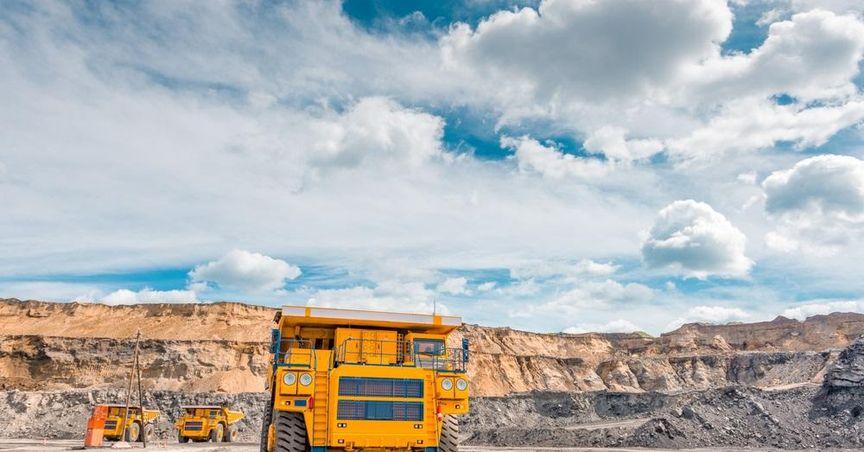Highlights
- Vesuvius (VSVS) has manageable debt levels, with a low net debt to EBITDA ratio.
- The company’s ability to cover interest expenses is strong, with a high interest coverage ratio.
- Free cash flow conversion remains a concern despite reasonable debt management.
Vesuvius plc (LON:VSVS) operates in the industrial sector and is also closely tied to LON mining stocks, managing both debt and capital as part of its strategic framework. While debt is often viewed as a necessary tool for growth, understanding how it is managed within a company's financial structure is crucial for assessing risk. In the case of Vesuvius, debt is present, but the company's ability to manage this financial obligation efficiently plays a significant role in maintaining stability.
The Role of Debt in Business
Debt is an integral part of modern businesses, especially those looking to scale. However, it can also introduce risk, particularly when the company is unable to meet its obligations. In some cases, companies may face the prospect of bankruptcy or dilution of shareholder value if they struggle with excessive debt. While this is a worst-case scenario, it emphasizes the importance of assessing how debt is managed in any given company. In the case of Vesuvius, debt serves as a tool for growth, but the company’s ability to manage it responsibly is key to its long-term viability.
Vesuvius's Debt Levels and Financial Strategy
At June 2024, Vesuvius had a reported debt of UK£497.4 million, marking an increase from UK£393.3 million the previous year. Despite this increase, the company holds a cash reserve of UK£180.0 million, which reduces its net debt to approximately UK£317.4 million. This ratio indicates that Vesuvius does not rely solely on its debt to operate and has sufficient cash to offset some of its obligations.
Evaluating Vesuvius's Balance Sheet
The balance sheet reveals that Vesuvius carries liabilities totaling UK£620.0 million due within the next 12 months, with an additional UK£430.9 million in liabilities due beyond that period. However, the company’s cash reserves and receivables—totalling UK£662.0 million—offer some protection against these liabilities, although the total liabilities exceed the combined cash and receivables by UK£388.9 million. With a market capitalization of UK£1.06 billion, the company is well-positioned to raise capital if necessary.
Key Debt Ratios
To assess the impact of debt on the business, two key metrics are often examined: net debt to EBITDA and interest coverage. Vesuvius maintains a low net debt to EBITDA ratio of 1.3, suggesting that the company generates sufficient earnings before interest, taxes, depreciation, and amortization to service its debt. Additionally, its EBIT covers interest expenses a substantial 16.6 times over, demonstrating that the company is in a strong position to meet its debt obligations, even in challenging market conditions.
However, Vesuvius has experienced a 6.2% decline in EBIT over the past year. If this trend continues, managing its debt may become more challenging, and the company may face pressure in covering its financial obligations.
Free Cash Flow and Debt Management
While EBIT provides an indicator of a company’s earnings power, lenders are more concerned with cash flow. In the case of Vesuvius, its free cash flow amounted to 44% of EBIT over the last three years. This lower-than-expected cash conversion rate is a key area of concern, as it suggests the company’s ability to generate sufficient cash to service its debt might be limited. Weak cash conversion could pose challenges in the long term, especially if the company’s earnings continue to decline.
Vesuvius (LON:VSVS) has shown a relatively conservative approach to debt management, with manageable debt levels and a solid ability to cover interest expenses. However, the company faces challenges in its cash flow conversion, and its recent decline in EBIT requires close attention. While the company’s financial position is not overly precarious, sustained pressure on earnings or cash flow could complicate its ability to manage debt effectively in the future. As such, it remains essential to monitor the company’s future earnings and cash flow trends to gauge its ongoing financial health.





